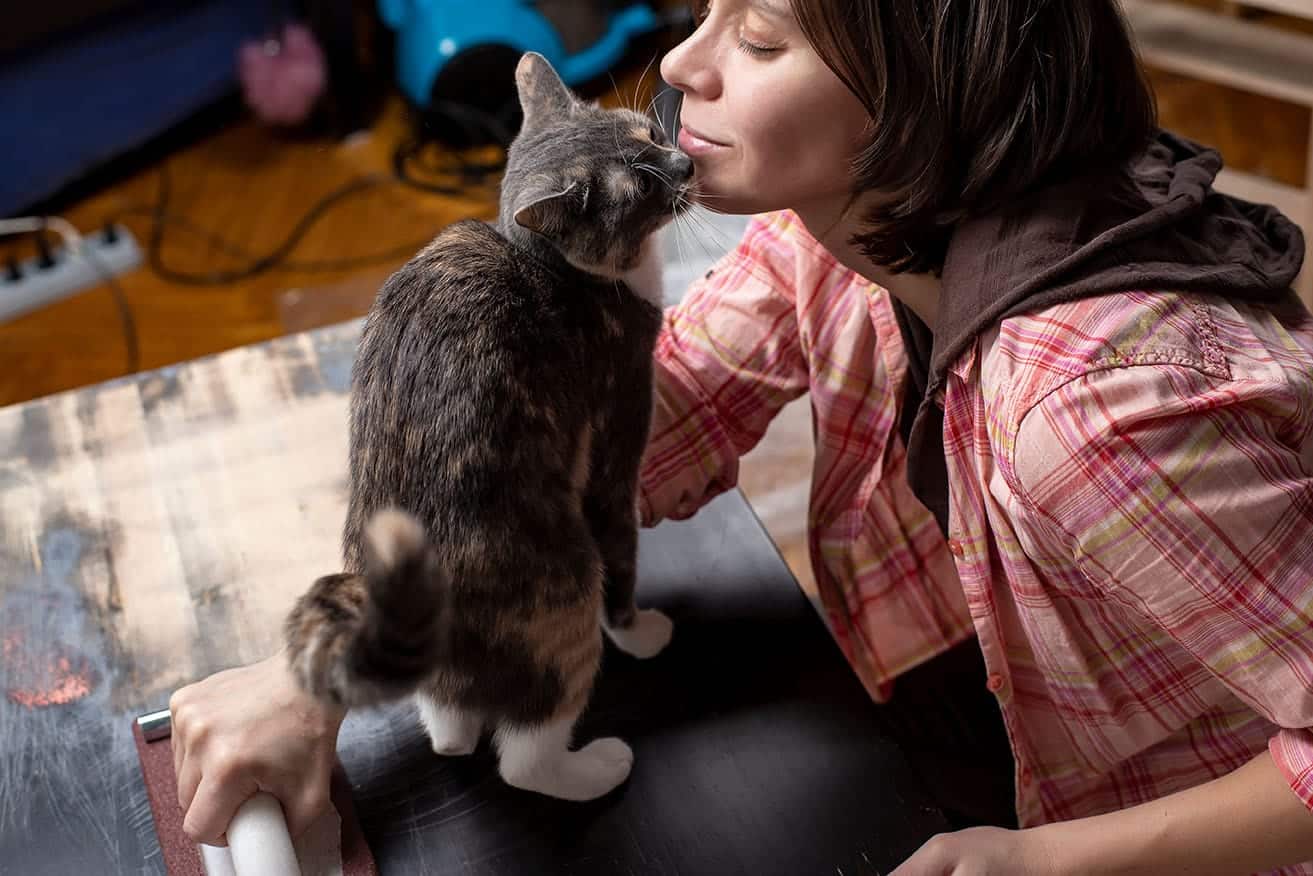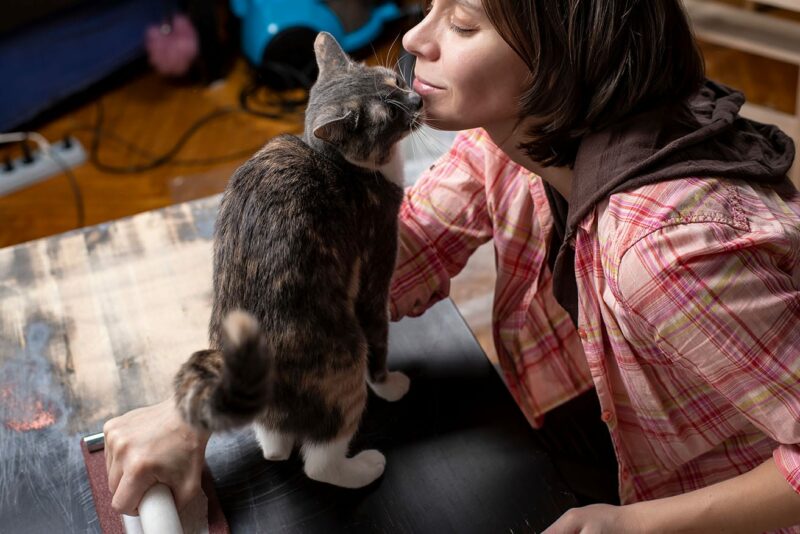Your cat loves you—that much is certain. But have you ever wondered why your cat insists on sniffing your face? It’s not just because they love the way you smell (although let’s be honest, you do smell pretty great). In fact, there are a few reasons why your cat can’t get enough of your face. Read on to learn more!
How Do Cats Use Their Sense of Smell?
One thing important to understand is how a cat uses their sense of smell in the first place1. A cat’s sense of smell is 14 times better than a human’s. So, how does a cat’s nose work? A cat has about 200 million olfactory receptors in its nose, compared to the mere 5 million humans have. This means that a cat can identify smells much more precisely than we can.
Interestingly, cats also have a second set of olfactory receptors in their mouths called the vomeronasal organ. It works more on pheromone signatures which tell more about mating, territory, and mood. This allows them to taste smells as well as smell them.
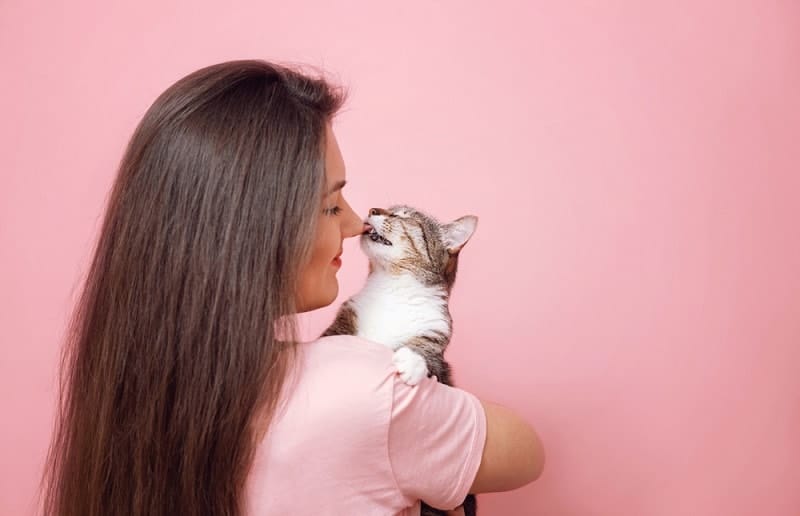
The 6 Reasons Why Your Cat Sniffs Your Face
1. Getting to Know You
When cats approach someone new, they’re trying to get to know them. By sniffing your face, they can pick up on pheromones and scents that can tell them a lot about a person. This information helps them determine whether someone is a friend or foe.
So next time your cat sniffs your face, think of it as their way of saying “hello” and getting to know you better.
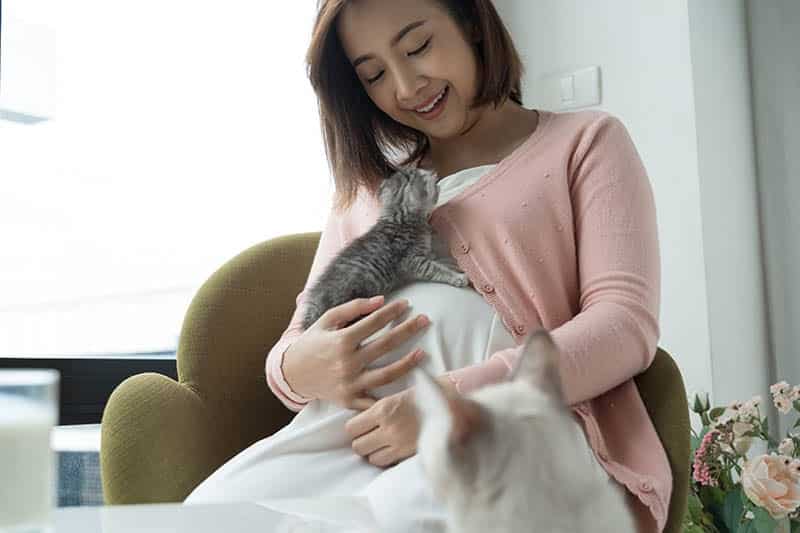
2. To Greet You
Another theory is that cats sniff faces as a way of saying hello. When they meet another cat, they’ll often start by sniffing each other’s butt or face. This allows them to exchange information like their names, where they live, and what they’ve been up to.
So when you get home, and your cat moves in to sniff your face, they are just saying welcome home!
Cats have scent glands on their faces, so when they rub their heads against you, they are actually marking you as their territory. They do this to other cats as well, which is why you often see them sniffing each other’s butts.
Face rubbing is also a form of grooming. When cats lick themselves, they spread their own scent all over their bodies. But when they lick your face, they are essentially giving you a bath and covering you in their smell.
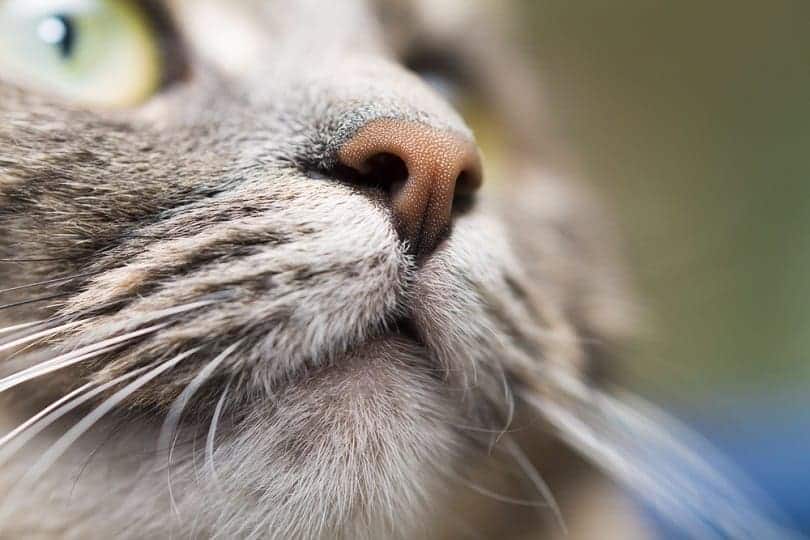
4. To Check On You
When a cat sniffs your face, they are trying to check on your health. Cats have a very keen sense of smell, and they can pick up on certain chemicals that are released when a person is sick. So if your cat is giving you a little sniff, it may be because they are trying to see if you are feeling okay!
Of course, there are other reasons why cats like to sniff things. They may just be curious about your scent or checking you out for potential food sources (hey, we can’t blame them!).
5. To Wake You Up
There’s nothing quite like waking up to a cat’s wet nose pressed against your face. A cat’s nose is cool to the touch because they don’t have sweat glands like humans do. Because of this, a kitty’s nose is the perfect tool to wake up their human when they want food.
When your cat gently nudges your face with their cold nose, it’s one of its many ways of telling you that they need you to wake up to feed them. Many cats can become anxious about being fed and will wake you up long before your alarm clock does. If this is the case, keep them outside the bedroom at night, get them on a regular feeding schedule, or buy an automatic feeding bowl.
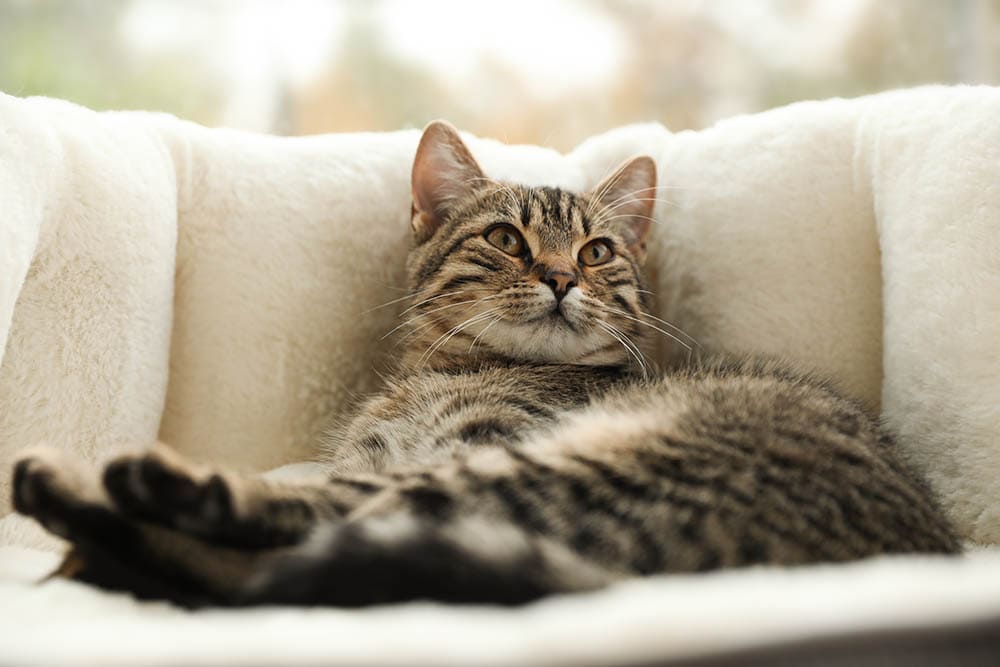
6. To Reduce Their Stress
Cats have a keen sense of smell and use it to reduce their stress levels. When they sniff our faces, they’re taking in our familiar scent. This helps them feel more relaxed and secure. It is comforting to know that your cat looks to you to reduce stress and feel safer.
Final Thoughts
Now you know why your cat sniffs your face! Thankfully, all the reasons your cat will do this are positive and help foster a strong relationship between your cat and you. So next time your cat sniffs your face, think of it as a sign of affection. They’re trying to tell you that they feel comfortable around you—and that’s a good thing!
Featured Image Credit: Koldunov Alexey, Shutterstock

